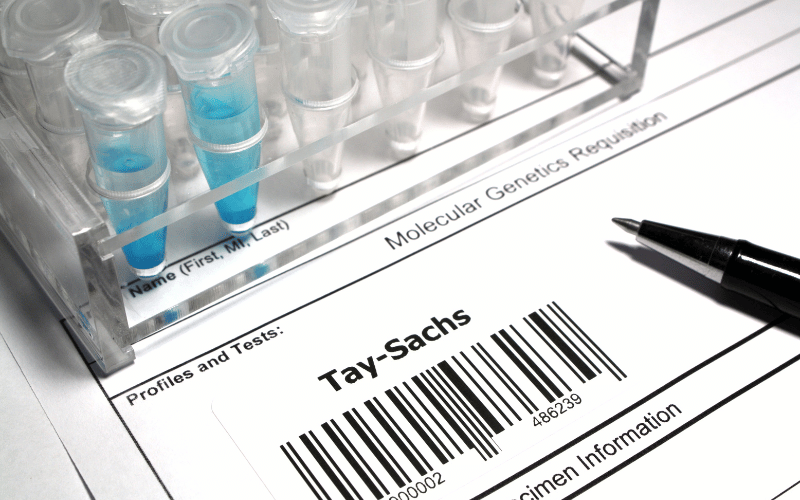Frequently Asked Questions (FAQs) about Tay-Sachs Disease
Advertisements
 Advertisements
Advertisements
1. What causes Tay-Sachs disease?
Tay-Sachs disease is caused by a mutation in the HEXA gene. This genetic mutation leads to a deficiency of an enzyme called hexosaminidase A, which results in the accumulation of a fatty substance in the brain, causing the various symptoms associated with the disease.
2. How is Tay-Sachs inherited?
Tay-Sachs is an autosomal recessive genetic disorder. This means that both parents must carry the faulty gene to pass on the disease to their child. If both parents are carriers, there’s a 25% chance their child will have Tay-Sachs.
3. Is there a cure for Tay-Sachs?
As of now, there’s no cure for Tay-Sachs disease. However, treatments focus on managing symptoms and improving the quality of life for the patient. Ongoing research and clinical trials are exploring potential treatments, including gene therapies and enzyme replacement therapies.
4. How common is Tay-Sachs disease?
Tay-Sachs is a rare condition. It’s more common in certain populations, including Ashkenazi Jews, French Canadians, and Cajuns in Louisiana. The incidence in the general population is much lower.
5. At what age do symptoms of Tay-Sachs typically appear?
Symptoms of the most common form of Tay-Sachs, the infantile type, usually appear around six months of age. However, there are other forms of the disease, like juvenile and late-onset Tay-Sachs, where symptoms might manifest later in childhood or even adulthood.
6. Can Tay-Sachs be detected before birth?
Yes, prenatal testing can identify if a fetus has Tay-Sachs disease. Parents can opt for tests like chorionic villus sampling (CVS) or amniocentesis if they’re known carriers of the Tay-Sachs gene or belong to high-risk populations.
Conclusion: Understanding, Compassion, and Hope
Tay-Sachs, though a rare genetic disorder, sheds light on the fragility of life. For those living with the condition and their loved ones, it’s a journey of perseverance, adaptability, and strength. The global community’s role is clear: offer understanding, extend compassion, and fervently hope for breakthroughs that transform lives.